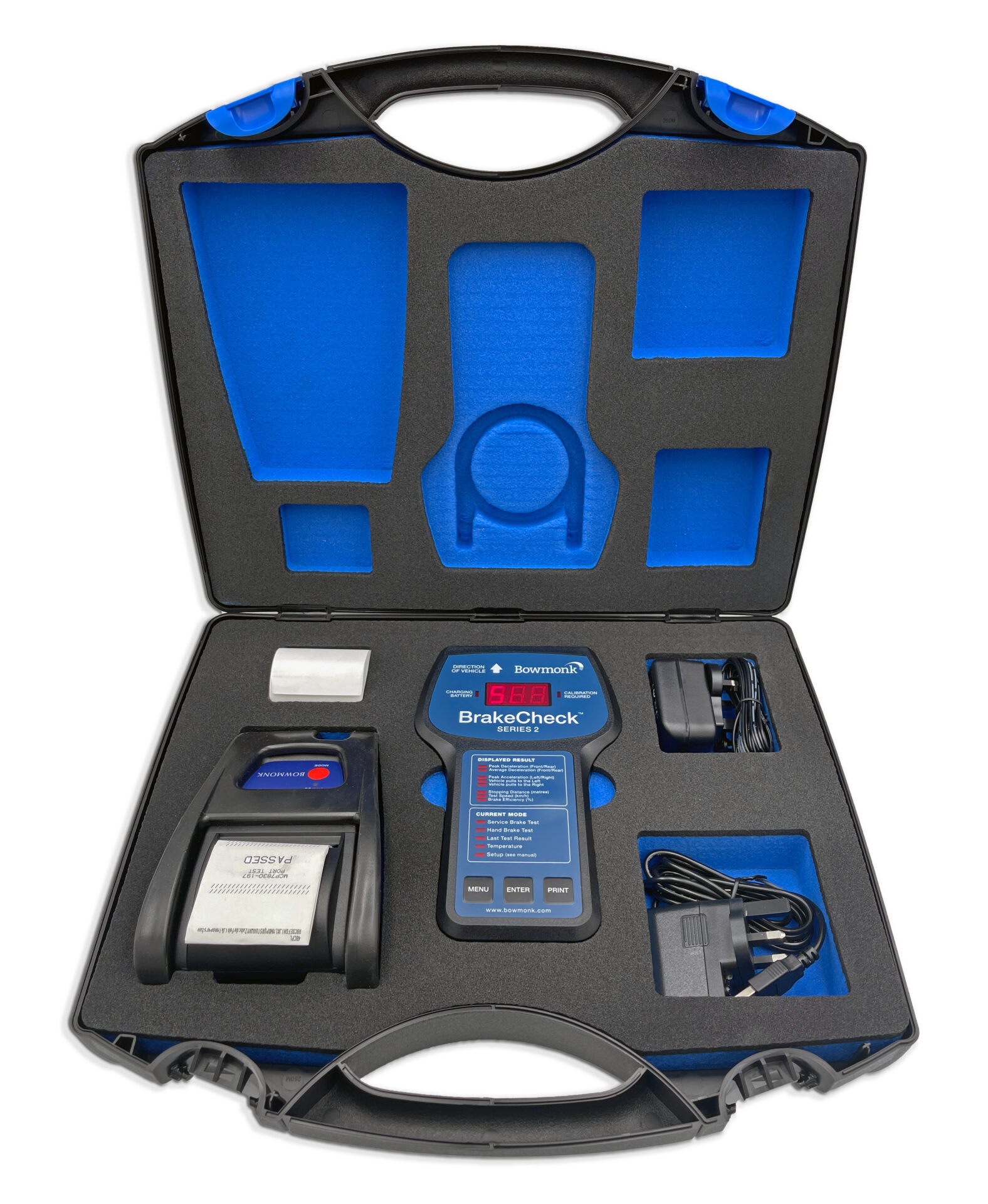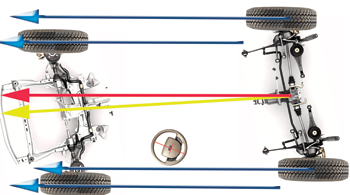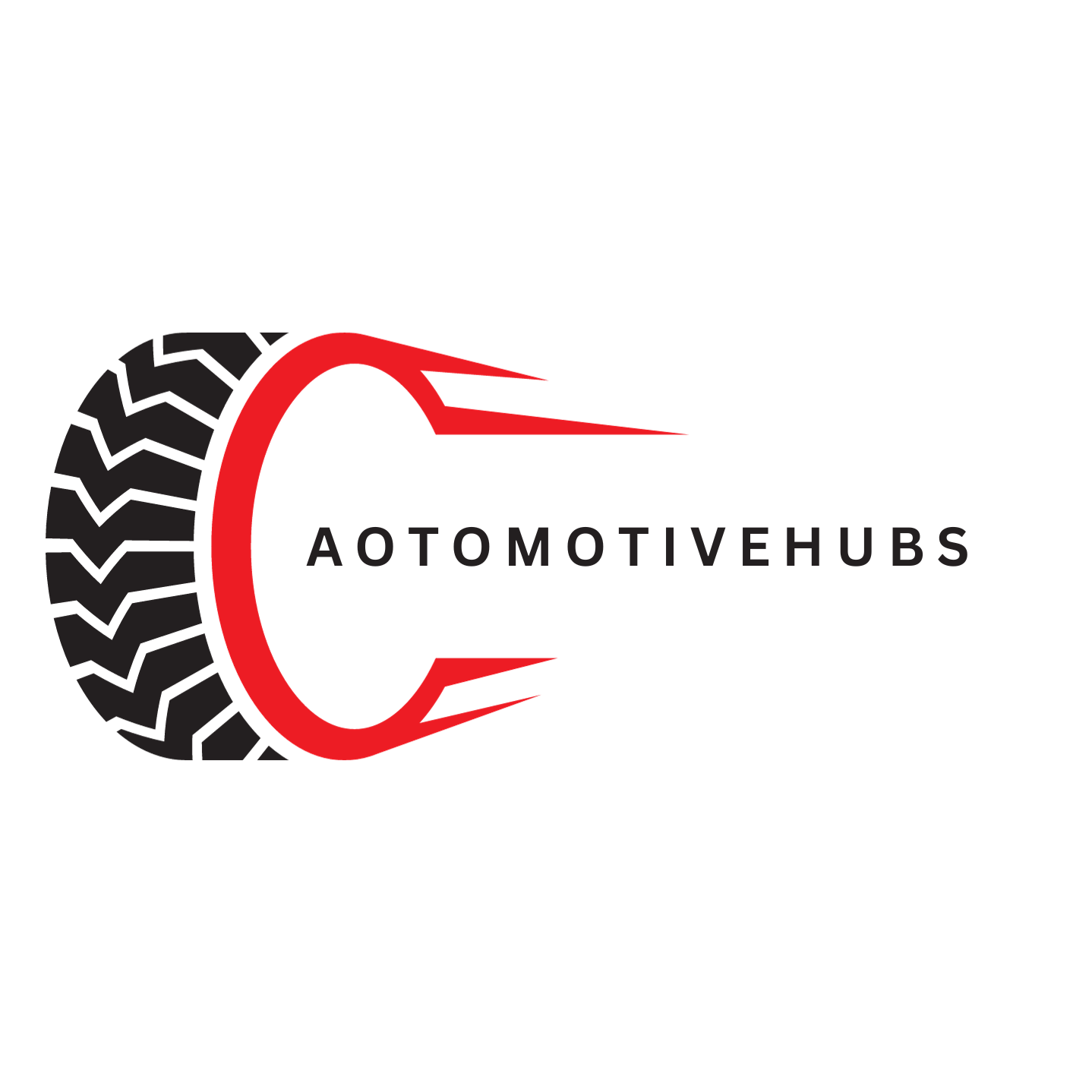A car that pulls left when accelerating and right when decelerating may have alignment, tire, or suspension issues. Seek a professional mechanic’s evaluation for accurate diagnosis and repair.
When your vehicle doesn’t maintain a straight path, it can be disconcerting and potentially hazardous. If your car starts veering to the left with an increase in speed and then drifts to the right as you slow down, you’re likely dealing with an automotive anomaly that needs immediate attention.
This tendency for directional instability points to problems that may be present in your car’s wheel alignment, the symmetry and balance of the tires, or even in the suspension system.
It’s crucial to address these concerns to prevent undue tire wear, improve safety, and ensure driving comfort.
Remember, regular maintenance checks can nip such issues in the bud, keeping your driving experiences smooth and your journeys safe.

Credit: www.bowmonk.com
Understanding Vehicle Dynamics: The Basics Of Car Acceleration And Deceleration
Understanding Vehicle Dynamics: The Basics of Car Acceleration and Deceleration opens a window into why cars behave the way they do. A car moving straight should not drift side-to-side.
If it does, it’s time to look at the science behind vehicle motion. We will explore the mystery of why a car may pull left during acceleration and veer right when slowing down.
Exploring The Science Behind Vehicle Motion
The motion of a vehicle involves complex physics. Two key forces at play are inertia and friction. When you push the gas pedal, the engine powers the wheels, and the car accelerates.
Deceleration introduces other forces. Letting off the gas or hitting the brakes makes the car slow down. If there’s a problem with the brakes or alignment, the car might pull in the opposite direction.
How Acceleration And Deceleration Affect Car Alignment
Car alignment ensures wheels point straight and in the right direction. Acceleration can reveal hidden issues with alignment. For instance, if the front wheel alignment is off, the car might pull left or right.
Weight shifting to the back wheels during acceleration can also cause these pulls.
- Damaged suspension components affect how wheels react under speed changes.
- Worn tires or uneven tire pressure can cause drifting during acceleration and deceleration.
Regular maintenance is essential. Check wheel alignment, tire pressure, and suspension parts often. Remember, a well-maintained car means a smoother, safer drive.
Troubleshooting The Directional Pull: Identifying The Culprits
Let’s pinpoint the culprits.
Analyzing The Symptoms: When And How The Pull Occurs
A car’s directional pull can signal underlying issues.
Noting when and how the pull occurs helps identify the cause.
- Acceleration: If the pull is during speeding up, transmission or drive components may be to blame.
- Deceleration: A shift to the right upon slowing down hints at braking system concerns.
- Pulling consistently hints at tire, alignment, or suspension issues.
Common Causes For Car Pulling To One Side During Acceleration And Deceleration
Several factors can make a car pull to one side.
Identify and fix them to ensure your drive is smooth and safe.
| Issue | Left Pull During Acceleration | Right Pull During Deceleration |
|---|---|---|
| Tire Pressure | Uneven pressure can cause pulling left. | Imbalance may show more during slowing down, pulling right. |
| Wheel Alignment | Incorrect alignment can drift left. | Misalignment may lead to rightward tug. |
| Brake Issues | Sticking caliper might pull to the left. | Brake faults can reveal during deceleration, veering right. |
| Suspension Components | Worn out parts could cause leftward pull. | Damaged components may affect rightward stability. |
| Power Steering | Power steering faults could pull the car left. | Issues might manifest more visibly during deceleration. |
| Engine Mounts | Damaged mounts can shift weight unevenly. | Weight shifts during deceleration can pull right. |
Regular maintenance and prompt attention to irregularities are paramount.
Address issues quickly to avoid more damage.
Inspection And Diagnosis: A Methodical Approach
Feeling your car pull to one side can be worrisome. A methodical approach helps uncover the reason. Tackling this issue involves a sequence of checks. You can perform some at home. Others might require a mechanic’s expertise.
Step-by-step Guide To Inspecting Your Vehicle At Home
Begin with a visual check. Look for obvious signs of damage. Check your tire pressure using a gauge. Uneven pressure can cause pulling.
- Examine the tires for wear. Swap front tires from left to right. See if the pull changes direction.
- Inspect the brakes. Sticking calipers can cause pulling. Ensure brakes are free of debris.
- Review the suspension. Worn struts or shocks affect stability. Look for leaks or damage.
Next, test drive on a flat, even road. Note any pulling. Check wheel alignment using a straight edge. Misalignment may be visible.
- Start on a level surface.
- Drive straight, hands lightly on the wheel.
- If pulling is present, alignment could be off.
When To Seek Professional Diagnosis
Some problems need professional tools and skills. Seek help if you:
- Notice consistent pulling after DIY checks.
- Find uneven brake pad or rotor wear.
- Spot leaking fluids around wheels or suspension.
- Experience noises during acceleration or deceleration.
A skilled mechanic should:
| Check | Action |
|---|---|
| Alignment | Precise equipment to measure angles. |
| Suspension components | Inspect for hidden damage or wear. |
| Wheel bearings and CV joints | Assess for looseness or grinding. |
Remember, safety comes first. Address car pulling issues promptly.
Credit: www.jeepforum.com
Solutions To Correct The Pull: Practical Fixes And Adjustments
Is your car veering to the left or right? This common problem can indicate issues with tire pressure, wheel alignment, or suspension. Fortunately, practical fixes and adjustments can put you back in straight-line control.
Let’s explore some straightforward remedies to keep your car on a steady course.
Addressing Tire Pressure And Wear Differences
Correct tire pressure is crucial for even driving. Uneven pressure can cause your car to pull to one side. Use a tire gauge to check all tires. Here’s how to ensure balance:
- Consult your car’s manual for optimal pressure levels.
- Adjust each tire’s pressure accordingly.
- Check tires monthly to maintain proper inflation.
Tire wear can also affect your car’s traction and steering. Inspect tires for uneven patterns. Rotate tires every 5,000 to 8,000 miles to promote even wear.
Alignment And Suspension Repairs To Stabilize Direction
If addressing tire issues does not fix the problem, consider wheel alignment and suspension. These components are key to directional stability.
| Service | Description | Estimated Frequency |
|---|---|---|
| Wheel Alignment | Adjusting the angles of your wheels to the car manufacturer’s specifications. | Every 2-3 years, or as needed. |
| Suspension Repair | Fixing or replacing worn-out suspension parts. | Inspect regularly, replace as needed. |
Consider these steps for alignment and suspension issues:
- Get a professional wheel alignment check.
- Replace any worn suspension parts.
- Continue regular checks and maintenance.
Consistent care keeps your car smooth and stable on the road. If your car pulls to one side, act swiftly to ensure a safe, comfortable ride.
Preventive Measures And Maintenance Tips
Preventive Measures and Maintenance Tips ensure your vehicle runs smoothly. A car pulling in different directions during acceleration and deceleration signals potential issues. Addressing these early through proper care can avoid costly repairs.
Regular Maintenance Schedule For Optimal Vehicle Performance
- Check your tire pressure monthly. Uneven or low tire pressure often causes pulling.
- Rotate your tires every 5,000 to 7,000 miles. This helps prevent uneven wear.
- Get wheel alignments annually. Proper alignment ensures balanced driving and control.
- Inspect brakes regularly. Worn or uneven brake pads can make a car pull to one side.
Following the manufacturer’s maintenance schedule in your vehicle’s manual keeps everything in check. Keep records of services to track your car’s health.
Adopting Safe Driving Practices To Minimize Mechanical Stress
- Avoid potholes and speed bumps
- Brake and accelerate slowly
- Maintain a steady speed on highways
- Keep a safe distance to reduce hard braking
Safe driving practices extend the life of your car’s components.
| Practice | Benefit |
|---|---|
| Gentle acceleration | Less strain on the drivetrain |
| Smooth braking | Even brake wear |
Maintain your vehicle regularly and drive with care. These habits prevent most causes of directional pulls. Stay proactive to enjoy a safer, smoother ride.

Credit: www.ford-trucks.com
Frequently Asked Questions For Car Pulls Left When Accelerating And Right When Decelerating
Why Does My Car Pull Left When Braking And Right When Accelerating?
Your car may pull left during braking due to uneven brake pads or a misaligned front end. Pulling right upon acceleration often points to uneven tire wear or suspension issues. Regular maintenance checks can identify and fix these problems.
Why Does My Car Pull To The Left Under Acceleration?
Your car may pull to the left under acceleration due to uneven tire pressure, misaligned wheels, or a problem with the suspension components. Regular maintenance can prevent and correct these issues.
Why Does My Car Pull To The Right When I Let Off The Gas Pedal?
Your car may pull to the right due to uneven tire pressure, wheel misalignment, or uneven brake wear. Regular maintenance checks can prevent this issue.
Conclusion
Experiencing your car veering on the road can be unsettling. It’s a clear indicator that something isn’t right under the hood. Regular checks and alignments are crucial for your vehicle’s performance and safety. Address the issue promptly with a trusted mechanic.
Safe driving begins with a well-maintained car.





